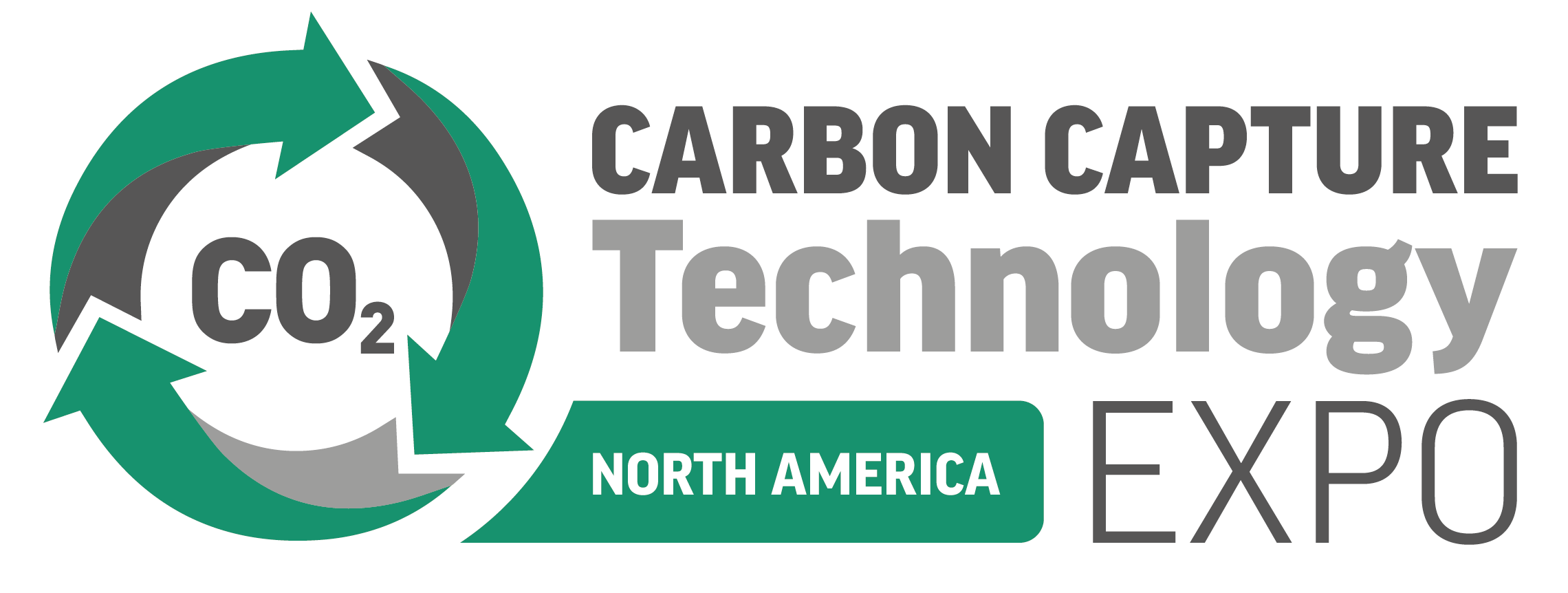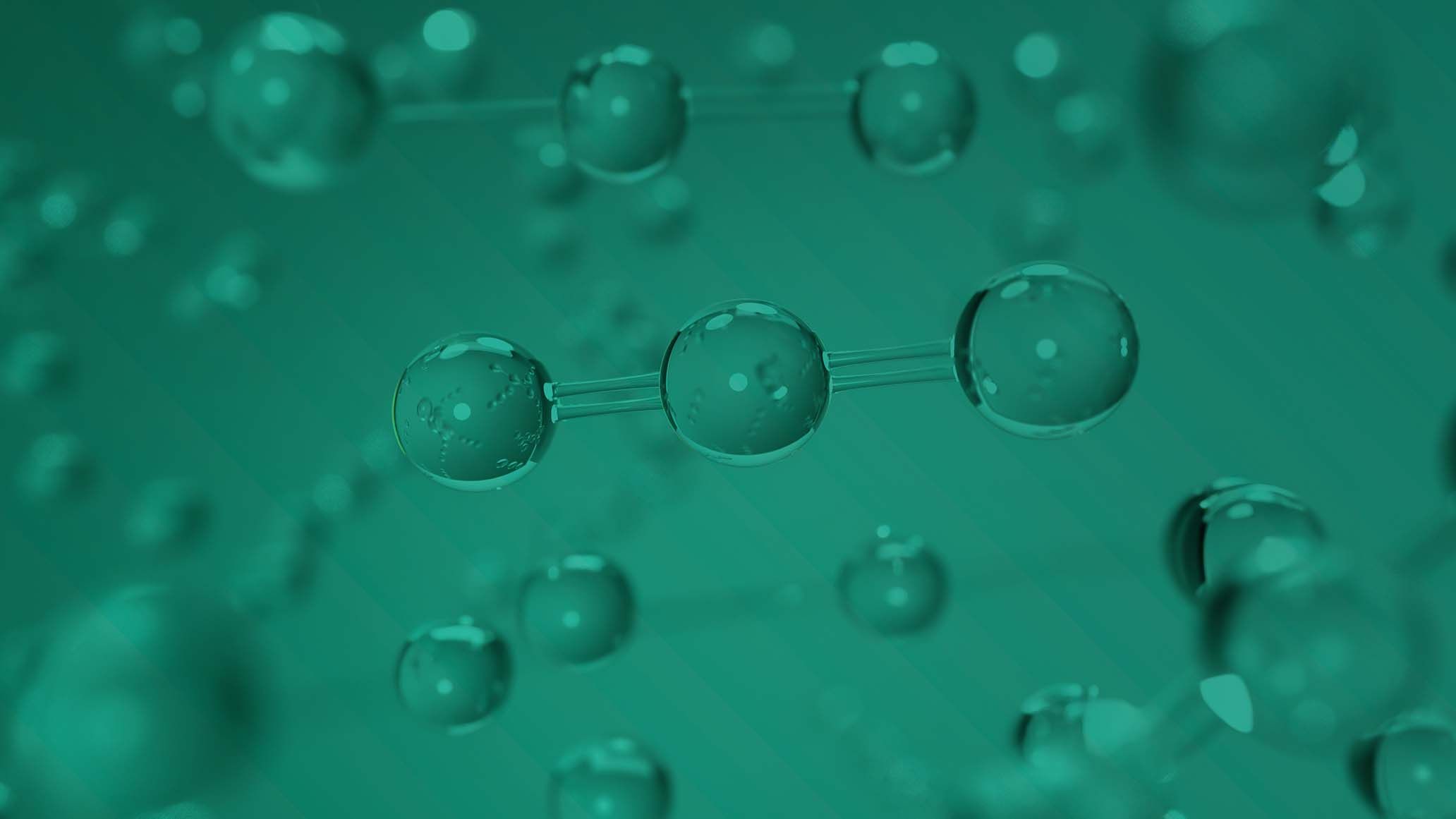Neustark announces company’s plan to accelerate the expansion of the UK and Europe’s permanent carbon removal industry
)
Neustark is a carbon capture, storage and permanent removal solutions provider based in Switzerland and the company’s plan involves the development of twenty new storage sites, spread throughout Europe and the UK. These sites will be built during 2024 and alongside this the company has started a Series B funding call.
This new expansion aligns with the company’s mission, which focuses on addressing an extremely pressing need for scalable and permanent carbon dioxide removal (CDR) solutions. These solutions are in high demand, as the need to tackle and handle the hard-to-abate carbon emissions is rapidly becoming a high priority. This carbon sector is of such high priority because it is a sector which is not able to be reduced through current methods of decarbonisation, so it is slowing down the global drive towards deep decarbonisation.
So far, in 2023, Neustark has focused on tripling its team to sixty and quadrupling its revenue to $10 million. This was done last year with the aim of moving into their current 2024 project, expanding the carbon capture industry within Europe and the UK. The carbon capture provider company uses a set of unique techniques to improve and expand the carbon capture industry and these methods are very different to the more widely used practices which other companies utilise. Neustark’s process involves a unique mineralisation process, which works through capturing carbon dioxide from biogas plants and similar sources, then this captured Co2 is transported to local construction and materials recyclers. Neustark operates through using its technology at the recyclers’ site and injecting the captured biogenic Co2 into mineral waste materials. These materials include substances such as demolition concrete granules, which is why these sites are the ideal location for Neustark to work at. Once injected, the Co2 causes an accelerated mineralisation process which involves the conversion of carbon dioxide into limestone, then binding it permanently to the granules’ pores and surface.
This process has recently received increased interest from the carbon capture industry, as the Intergovernmental Panel on Climate Change (IPCC) has predicted that in order to limit global warming to 1.5 degrees Celsius and reach a goal of being net zero by 2050, an estimated 100 billion to 1 trillion tons of carbon and other greenhouse gases will be needed. The increased interest stems from the statistics which highlight that a CDR growth factor of a minimum of 1,300 in new technologies and methods other than land management, must occur in order to close the gap on emissions, or even push the industry to achieve limiting global warming well below 2 degrees Celsius.
Aside from Neustark’s methods and technologies, other techniques have been trialed and used, however their practices and results often result in issues occurring or producing results which are not as promising as Neustark’s are. Mainstream CDR methods included in this group of techniques that are considered not as effective, are techniques such as, afforestation which does currently accounts for more than 99% of CDR which has successfully removed a large amount of Co2. Afforestation has displayed ability to be scalable and has clear biodiverse benefits, however this method does not display excellent permanence or storage capacity. Other solutions, direct air capture (DAC) and biochar have proven to be highly durable, however they have also shown issues with scalability and verifiability and these techniques will take years to prove and perfect and will require lots of practice.
Therefore, the benefits that Neustark has shown in comparison to the other companies and techniques, highlight the impact they are making today with their fourteen storage sites currently in operation. Neustark is able to have fourteen operating sites, as their mineralisation techniques achieve 93% efficiency, which is much higher than other CDR solutions. The use of mineralisation has brought around a highly scalable and adaptable solution, which also has the ability to be applied to a variety of waste streams across the globe. Furthermore, this technique is the most durable solution in today’s society, as it is able to store Co2 for tens of thousands to millions of years and this ability also provides negligible reversal risks. Their final selling point for this technique and Neustark’s end-to-end business model and mineralisation use, is that the carbon removal process can be tracked, measured and verified, all the way from source to certificate.
This excellent and beneficial process is being used in operation in their fourteen sites which are based throughout Europe and already have a total capacity of 5,000 tons. Some of these tons have already been permanently removed and this process is occurring on a daily basis. It is clear that this success and the methods that Neustark uses are popular and perceived well, as in 2023, Neustark opened new offices in Zurich and Cologne, Germany in 2023, plus in Germany, Austria, France, Switzerland and the UK, more than twenty new plants are currently under construction. Along with this expansion, Neustark has also seen high-profile customer signings from companies such as Heim and Holcim and along with these, Neustark also has a clear and strong string of future deals. All of these deals and customers highlight an excellent growing market interest in the business, as well as the scalability of mineralisation technology.
Neustark commented, “This unique, end-to-end carbon removal solution benefits the whole supply chain. It eliminates waste streams for CO2 producers, and creates a new, more sustainable revenue stream for construction waste recyclers. The carbonised recycled construction material can also be used to produce recycled concrete, a more sustainable material that requires fewer primary materials and less energy to produce than fresh concrete. And it provides CDR credits for businesses which are pursuing the serious carbon emissions reductions needed to reach net zero. According to Science Based Target Initiatives (SBTi), which comprises over 7,000 members, companies should reduce their Scope 1-3 emissions by 90% and remove the ‘rest’: the hard-to-abate emissions. Neustark provides a means for businesses to eliminate the remaining 10% of emissions that are unavoidable even after drastic reduction measures.”
Johannes Tiefenthaler, CEO and Co-Founder added, “Neustark is scaling up rapidly, and we’re well on track to achieve our aim of permanently removing one million tons of CO2 in 2030. Our global goal is a series of reliable, region-specific carbon capture and storage and facilities that can be replicated anywhere, offering immediate sustainability benefits to local supply chains, and verified CDRs from Europe for businesses across the globe.”


)
)
)
)
)
)



)
)
)
)
)
)

)

)
)
)

)
)
)
)
)
)
)
)
)
)
)
)
)
)

)
)

)
)
)
)
)
)
)
)

)
)
)

)
)
)

)
)
)
)
)

